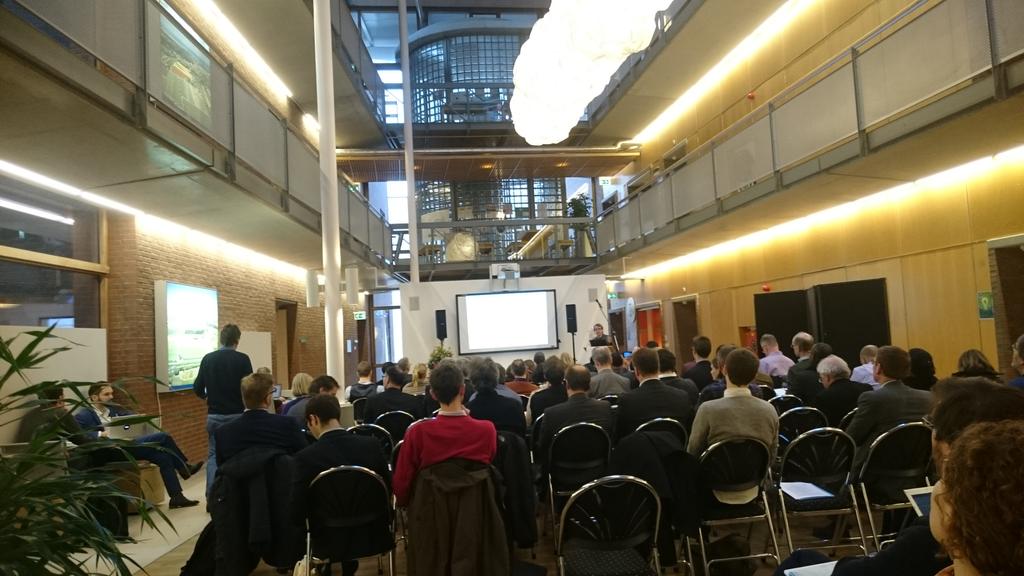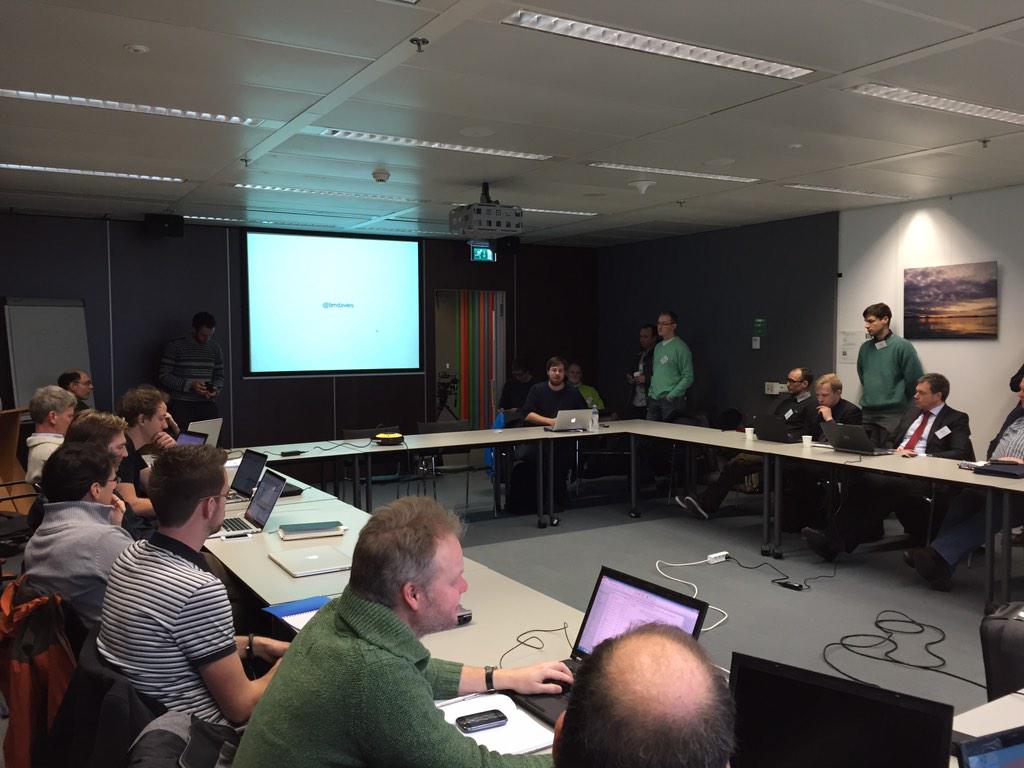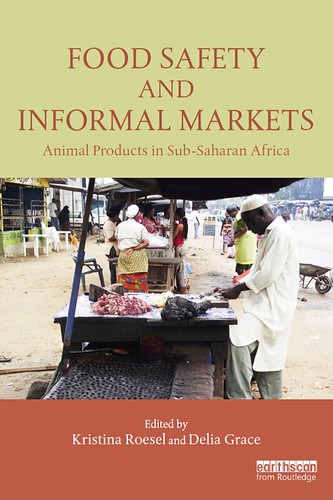27 January 2015. 15 Ancient Super Plants That Could Eradicate Africa’s Food Crisis

Lost Crops of Africa: Volume II — Vegetables
1. Okra (Hibiscus esculentus) Cultivated by the Egyptians and Ethiopians in the 12th century, okra is a fast-growing and high-yielding plant, providing three valuable food products with its pods, leaves, and seeds. It is hearty and grows in difficult climates. This gooey vegetable is an excellent source of vitamin C, calcium and potassium, and high in fiber, folate, and antioxidants. The seeds are used as a coffee substitute.
2. Baobab (Adansonia digitata) Besides its powerhouse delicious fruit, baobab seeds, kernels and leaves are packed with nutrients. The leaves of the “upside-down tree” are an excellent source of vitamins and minerals, rich in calcium, and quality proteins. They make great salads and condiments and are used medicinally. It is said the deity Thora was not pleased with a baobab growing in his garden, so he tossed it out over the wall of Paradise and it landed upside down on Earth. Its roots kept growing to the sky. It is a symbol of the strength of Africa.
3. Cowpea (Vigna unguiculata) The cowpea is one of Central Africa’s oldest legume crops, dating back some 6,000 years in West African cereal farming. It was closely associated with the cultivation of sorghum and pearl millet. The pea itself and its leaves are edible, and the plant is drought resistant and thrives in poor soil conditions. It is rich in amino acids, lysine and tryptophan and is 25-percent source of protein. The
cowpea is known in the U.S. as the black-eyed pea, having migrated with the slave trade.
4. Amaranth (Amaranthus) This ancient grain was not long ago hidden in plain site, being considered a “poverty grain,” and ignored as a cash crop. It is now cultivated widely and becoming lucrative. It is a versatile plant, growing easily and quickly in humid lowlands of Africa. Amaranth is typically eaten in Togo, Liberia, Guinea, Benin, and Sierra Leone. The ancient grain, with roots dating back thousands of years to Mesoamerica, is rich in vitamin C and dietary minerals calcium.
5. Spider plant (Cleome gynandra) The spider plant, also known as shona or African cabbage, is high in protein, antioxidants, vitamins, and micro nutrients. It’s used much like the curry leaf in southern parts of Africa. It is a fast-growing plant and ready to cultivate in as little as three weeks. The leaves contain protein, carbohydrates and are high in vitamins A and C, calcium, phosphorus and iron.
6. Moringa (Moringa oleifera) The super food that the moringa tree provides is packed into its pods, leaves, seeds, and roots. It is also raw material for products that make village life more self-sufficient, including lamp oil, its wood, and liquid fuel. Nutritionally it packs seven times the vitamin C of oranges, four times the vitamin A of carrots and the calcium of milk and three times the potassium of bananas and twice the amount of protein as yogurt. It is considered one of the world’s most useful trees.
7. Enset (Ensete ventricosum) A banana-like herb, the enset is a starchy staple from Ethiopia’s highlands known as the Ethiopian banana. Like its cousin the banana, it has lost its ability to reproduce and can do so only by cultivation. Like most ancient plants, many parts of the enset are useful. It is able to hold its water content during droughts up to seven years. The
enset’s fibers are used for rope, mats, medicinal purposes and even housing. The pulped starch of enset is buried in large pits for three-to-six months to ferment into kocho, a hearty food staple.
8. Shea tree (Vitellaria paradoxa) The well known source for shea butter is packed with vitamins, minerals and protein. The oblong seeds contain a mixture of edible oils and fats that produce the shea butter, a staple nutritional source that enhances taste, texture and digestibility for millions in rural areas of Africa. It is also used for skin care and has gone globally ballistic as an ingredient in countless health and organic beauty products.
9. Bambara bean (Vigna subterranean) The bambara bean or groundnut, Congo goober, ground bean, hog peanut, earth pea and njugo bean has hundreds of names to describe what has been considered by the scientific community a “poor man’s crop, despite its heartiness. It’s one of the two most drought-resistant legumes. The seed makes a complete food, as it contains sufficient quantities of protein, carbs and fat. It can be eaten raw or cooked, milled into flour or made into a paste with long shelf life. Its energy value exceeds that of lentils or cow peas.
10. Marama plant (Tylosema esculentum) The magic marama has many names including groundnut, gemsbok beans, camel’s foot, braaiboontjie, tamani berry, and most appropriately, green gold. It’s rich in oil, and as nutritious as soy beans and peanuts, with twice the oil content. It tastes like roasted cashews and
resembles a large tuber with seed pods. It is loaded with protein and high in amino acids, carbs, calcium, and vitamin A. It grows in the sandy soil of Namibia, Botswana, and the Kalahari Desert, and has been a staple of the Khoisan peoples for centuries.
11. African eggplant (Solanum aethiopicum) A very significant indigenous crop for its high yield, the African eggplant is resistant to drought, has a three-month shelf life, and can grow in poor soil conditions. The leaves of the eggplant are eaten boiled. The red-orange vegetable — technically a fruit — is stewed, pickled, steamed and boiled for stews. It is 92 percent water and high in beta-carotene, vitamin E, riboflavin, folic acid and calcium. Like many of these ancient super foods, it is used medicinally, and is effective as an anti-inflammatory. It is a cash crop and has a high yield.
12. Argan (Argania spinosa) The flowering argan tree, native to the southern coast of Morocco, produces fruit containing a valuable hard kernel of seeds which produce a thick golden oil with an unmistakable, rich flavor that’s high in essential fatty acids. Argan has become very popular recently. A number of women’s cooperatives dedicated to producing the oil have made it a lucrative crop. The region relies heavily on argan oil economically and the trees are even a tourist attraction — many goats climb the branches to reach the delicious kernels.
 13. Fonio (Digitaria genus)
13. Fonio (Digitaria genus) For the Dogon people of Mali, fonio is the “seed of the universe” and rightly so. It packs a nutritional super punch. Fonio has amino acids to help synthesize protein. Its ease of growth in the region feeds approximately four million people across West Africa. It’s considered Africa’s oldest cereal.
14. Lablab (Lablab purpureus) The mature seed of the lablab, also called the hyacinth bean, has a mild flavor when thoroughly cooked. It can be prepared similarly to soy beans, fermented like tempeh or sprouted and eaten raw like the mung bean. The pod can be eaten whole. Its leaves are tender like spinach. It is a staple food, rich in protein with excellent storage capabilities. It’s said to have the medicinal properties for a host of ills. It tolerates drought conditions and is widely cultivated throughout
Africa.
15. Celosia (Celosia argentea) A beautiful edible flowering plant as well as a delicious green leafy vegetable, celosia has as many varieties as it has uses. Also referred to as Lagos spinach, Nigerian sometimes call it soko yokoto, meaning “make husbands fat and happy.” Celosia packs a high content of micronutrients and protein. It’s used for a wide range of ailments including intestinal worms (especially tapeworm), blood diseases, mouth sores, and eye problems. The seeds treat respiratory ills and the flowers treat diarrhea. The leaves are used as dressings for boils and sores, and the boiled vegetables are said to be slightly diuretic. The celosia is also used widely in Asia.
L’atelier a permis de procéder à la planification participative, pour une meilleure compréhension des objectifs, des résultats attendus, ainsi que la méthodologie et le plan de mise en œuvre des activités du projet qui a pour objectif de booster le développement de la filière anacarde dans la sous-région, en particulier dans ces pays. M. Ousmane N’Doye, gestionnaire du programme, CORAF
















